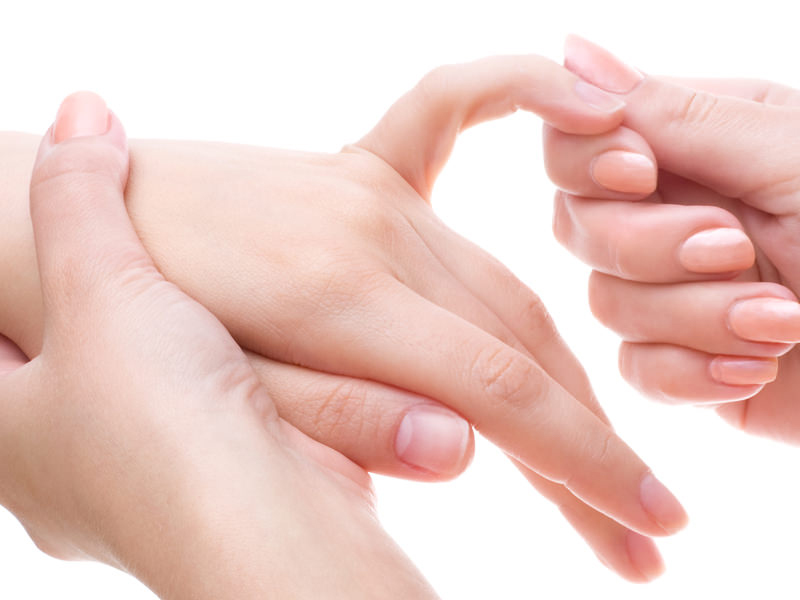
Dupuytren's Contracture Repair
Dupuytren's contracture is a connective tissue disease characterized by collagen deposition, progressive fibrosis, and thickening of the palmar fascia. Collagen is a protein found in the skin, blood vessel walls, bones, cartilage, and tendons. This condition involves excessive activation of pathways coding for this protein due to a genetic predisposition. It leads to hardening of the dermis in the palm, formation of nodules in the palm, and in advanced stages, bending of the fingers toward the palm.
Although it is a genetically predisposed disease, it is frequently seen in men who perform heavy manual labor or work with vibrating machinery. The diagnosis is usually made through clinical examination. In the initial stage, nodules or hard lumps appear in the palm. In the second stage, the fingers begin to slightly contract, while in the final stage, the fingers are bent toward the palm, resulting in a flexion contracture. During the examination, the patient is asked to place their hand flat on a table. If the fingers cannot perform this movement and it is painful, surgical treatment is necessary.
In surgical treatment, the fibrous bands causing adhesions and tension are removed from around the blood vessels and tendons. Since these fibrous thickenings are removed from an area very close to the skin, wound healing complications may occur post-surgery. However, such complications can be managed with follow-up dressings and are not a cause for concern. If you have been diagnosed with this condition, it is highly recommended to consult a Plastic Surgeon with expertise in microsurgery.
Dupuytren's contracture can occur not only in the palm but also on the penile skin and soles of the feet.